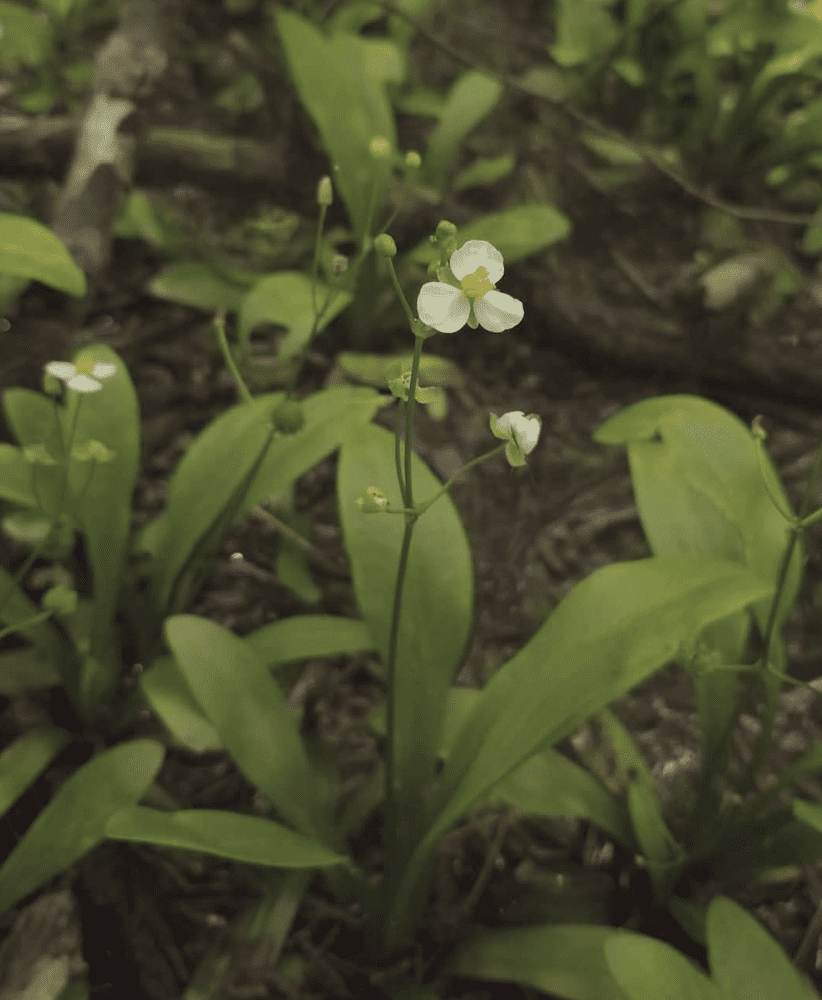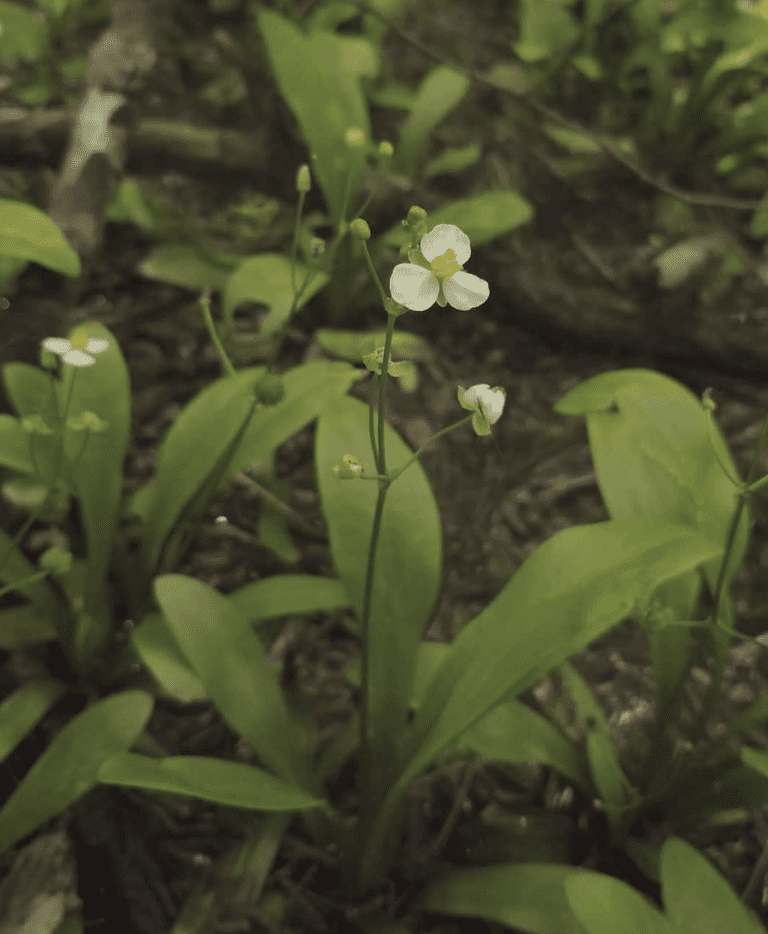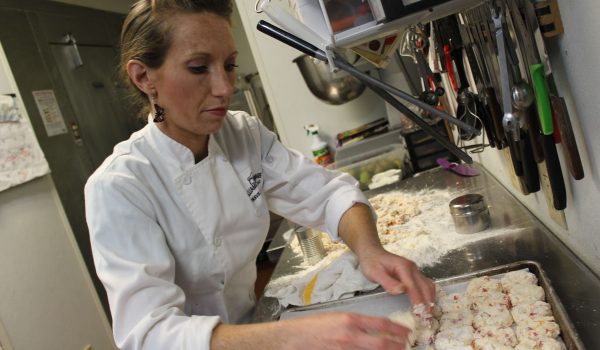I am walking down a path that winds through a managed meadow.
But who is managing it? The sign says DNR. I have a feeling nature is doing a lot of the managing. The pathway is hedged by insidious poison ivy as if to keep me out of the meadow where the sparrows are raising their young deep in the tall grass.
I acquiesce. I don’t need to see the birds anyways, I can hear them. The bouncing trill of field sparrows, the teakettle of wrens and up at the edge of the meadow in a tree I can see a bright blue indigo bunting defending its territory with an enthusiastic song.
I continue on out of the meadow and into the forest. The forest floor is covered in a magical carpet of blooming partridgeberry. Here I find a path guarded by greenbriar. I recall the time my son had 14 stitches after a run-in with a solid green briar while playing with friends. It makes a person think twice before crossing through a patch of it.
What is nature guarding so carefully and protectively here?
This place seems so ordinary. Old meadows, pine forests, a small creek running through.
The creek slows down into a wet, mucky seepage area. This is the kind of place most of us avoid. Developers fill places like this in to make them more useful. Mosquitoes try to ward me away with repeated warning bites. Dragonflies, fierce predators of the wetlands and meadows, look at me suspiciously with their many thousand lenses and then give me a buzz by.
I come in peace to what I know of as a sacred ground. I can’t blame nature for not trusting me.
Nature has experienced humans otherwise. Many places like this have been taken advantage of and destroyed. But here in Travelers Rest, this place is protected, and not just by the wild world.
This is the home of the bunched arrowhead.

I come with soft feet to this sacred ground. The bunched arrowhead is an unassuming beauty.
In fact, if you didn’t know what it was, you would not be drawn to guard it.
Yet here we have one of the last remaining populations on the planet. You heard me right, on this PLANET. Bunched arrowhead, which was once abundant enough to be a common food source for the Native Americans, is now reduced to two counties on earth, Greenville and Hendersonville.
Thankfully, these populations were recognized and have been fiercely protected by conservation-minded people and organizations.
Folks, this is an endangered species. Only one step away from extinction.
But here’s the thing. As John Muir said , “When we try to pick out anything by itself, we find it hitched to everything else in the universe.” The bunched arrowhead does not just exist alone.
Its presence is connected to a never ending web of life in this unique ecosystem: the tall pines, the partridge berry, the sparrows and wrens, the deer. When we destroy one part of it, we do damage to all of it in some way. Even the parts we have no idea exist at this moment are crucial to this place.
I have taken my shoes off in this sacred ground and sit with bare feet in perfect zen meditating with gratefulness. The bunched arrowheads also sit in perfect zen, feet in the water, faces tilted slightly towards the dappled sun filtering down through the leaves. I am thankful they are here. I am thankful for those guardians who protect them. I hope they are here for my great-great grandchildren to enjoy. I also hope my grandchildren will enjoy the carpets of partridge berry, the incredible dragonflies, the field sparrows, and the indigo buntings that were part of my journey this day. Because here’s the thing, when we protect one part of our world, we protect it all in some way.
This incredible treasure can be found at Bunched Arrowhead Heritage Preserve. This is open to the public. PLEASE remember to treat the bunched arrowhead habitat as the sacred ground that it is. Walk softly, stay on the trails, look but don’t touch. If you see anyone damaging our local treasures knowingly or unknowingly, please help them to understand and ask them to stop.
Honor the presence of one of our true blue wall wonders so that it will be here for future generations.
Link to the US Fish and Wildlife Service here.
______________________
Story and Photos by Tricia Kyzer
See more of her work here:
Wild TR: Cow Pastures Count Too
Wild TR: Look to the Mountains




